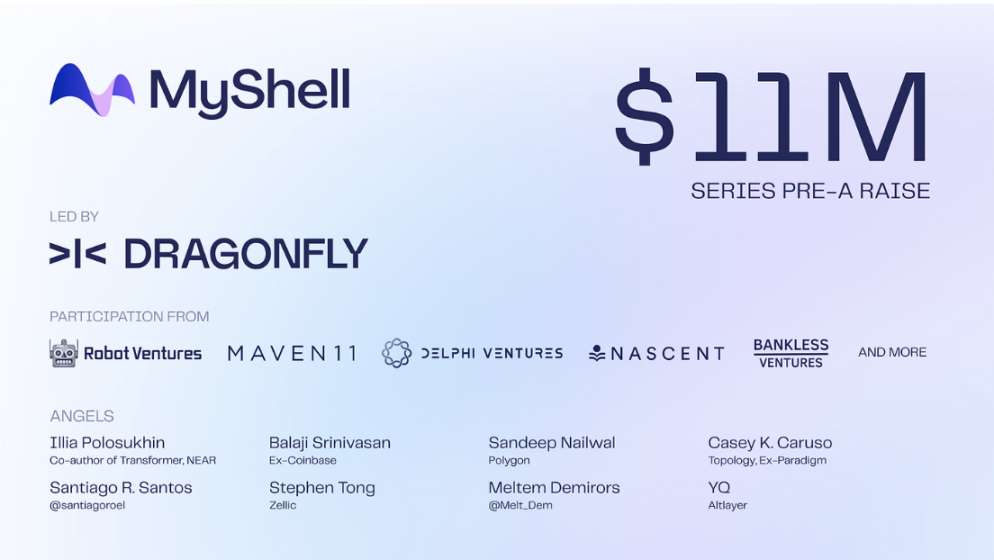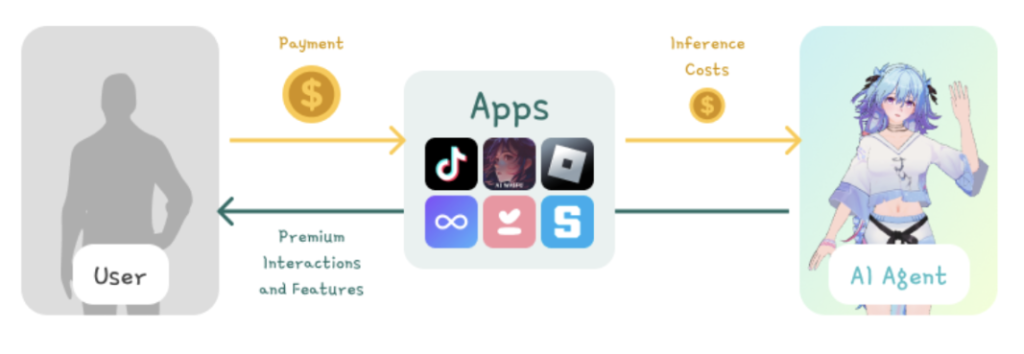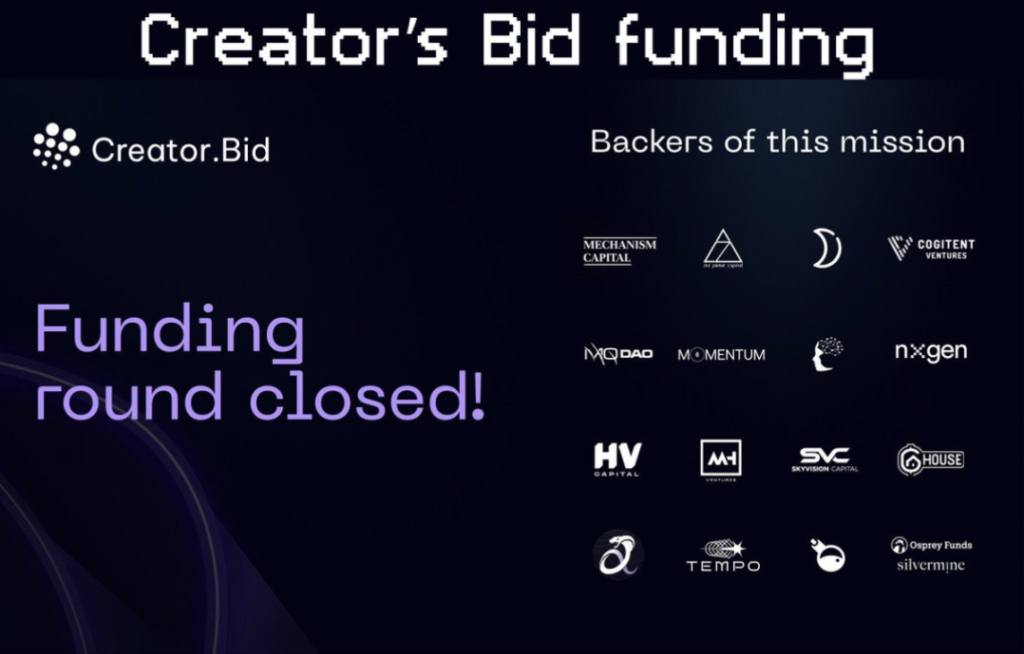Background: AI track is more meme-like than memes
AI has always been seen as the biggest narrative outside of memes this cycle, but in fact, most AI projects are jokingly referred to as no different from meme coins, firstly because Web 3 AI projects have little actual product, and secondly because the narrative of the integration of AI and Web 3 does not come naturally, often giving the impression of cryptocurrency forcibly piggybacking on AI.
The most successful recent case of AI being used in cryptocurrency is its combination with memes, the emergence of GOAT has ignited market sentiment, and various AI + meme coins have sprung up like mushrooms after the rain, such as GNON, ACT, SLOP, and Shoggoth.
In fact, the above-mentioned meme coins are not just simply adding AI elements, but are created by AI Agents. So what is an AI Agent? And what are some noteworthy projects? WOO X Research will take a look in this article.
What is an AI Agent?
An AI Agent refers to an artificial intelligence that can autonomously complete tasks without human intervention.
Traditional large language models give you a rough outline and framework, while AI Agents can provide more detailed, scenario-specific information. Therefore, AI Agents have greater potential in solving complex problems and automating tasks, and can provide more specific and practical solutions.
For example, if you ask an AI how to buy the cheapest headphones online, an LLM might provide a general answer outlining the basic steps. But an AI Agent would actually help the user place an order online, just like a personal assistant in real life.
Current representative AI Agent products in Web 2 include Perplexity for specialized search, Google's Notebooklm for organizing long texts, and Character for virtual character creation, all of which are examples of AI Agents.
How do AI Agents integrate with Web 3?
- Model training: Infrastructure-type projects need users to provide data as model training data, and users who provide data can receive project revenue sharing in the form of tokens. The more users, the higher the platform's revenue, which will attract more data providers, allowing the model training to be further improved. This approach is more self-reinforcing than the centralized data model in Web 2, but so far the effect has not been significant due to the early stage of AI development and the low user base of Web 3.
- Leveling the playing field of industry information: The transparency of blockchain allows anyone to create and use financial products and other services without permission, but it also leads to an overwhelming amount of market information scattered across different platforms and applications, making it difficult for users to obtain comprehensive and accurate information. AI Agents can integrate data from different blockchains to provide clear and simplified analysis and recommendations, helping users better understand market dynamics, project risks and opportunities.
- AI Agent tokenization: Users can put their self-built AI Agents on the market for sale, providing incentives for users to create AI Agents, and on the other hand, it can enhance the product richness of the AI Agent issuance platform and strengthen its ability to capture token value.
Here is a brief introduction to three AI Agent projects:
Myshell: Users can build their own AI Agent
Myshell is a platform that allows users to create their own AI Agents, and they can also sell their designed AI Agents in the official store to earn profits, with transactions denominated in BNB. The current market is dominated by anime-style female chatbot AI Agents.
The types include work assistants, data queries, online learning, and multiple language models are provided as options, including GPT series, Gemini, Claude, Meta Llama, etc.
The team is currently conducting a points activity, and will launch a native token SHELL in the future, which will be mainly used for unlocking advanced features, rewarding bot developers, and paying usage fees.
The team has completed three rounds of financing, raising at least $16.6 million in total. The highlights include Binance Labs' investment in August 15, and the Pre-Seed round led by the well-known crypto VC Dragonfly, with a total of 19 participating institutions and independent investors. It is worth mentioning that Balaji Srinivasan, the former Coinbase CTO & a16z general partner, is also an investor.

Virtual: An AI Agent platform focused on entertainment
Virtual believes that AI Agents are the future of AI, and they focus on enabling these agents to perform in applications and games, and by leveraging the characteristics of Web 3, they can tokenize and co-own these AI Agents.
A simple example would be the NPCs in an RPG game, where each NPC character is a different AI Agent, and they can exist across game platforms, allowing players to build deeper and more sticky game experiences, ultimately increasing game revenue.
The VIRTUAL Agents developed by Virtual Protocol have the feature of being able to move and speak in a 3D space, use their own wallets to conduct on-chain transactions, and most importantly, tokenize these VIRTUAL Agents and trade them.
The representative project of VIRTUAL Agents is Luna, an AI Vtuber who is live-streaming on YouTube 24/7, and the audience can chat and interact with it on the Virtual website.
The AI Agents generated by Virtual can only be exchanged for the platform token VIRTUAL, and different proportions of taxes are charged when buying and selling, which also enhances the value capture capability of the Virtual token. The current market capitalization of Virtual is about $110 million, and the market capitalization of Luna is about $50 million. Other tokens such as Game and Convo have also performed well in recent periods.

Creator.Bid: A meme coin issuance platform under AI filters
It focuses on creating your own AI Agent in the easiest way, allowing you to tokenize your AI Agent and earn rewards. It can be shared on platforms such as Twitter, Telegram, and CreatorBid.
Using Non-Fungible Tokens (NFTs) to ensure the uniqueness of the AI Agent, guaranteeing that no two agents share the same code, and these NFTs can also be bought, sold, or transferred, providing flexibility.
Its model is similar to meme coin launch platforms, and after the completion, the initial purchase quantity must be entered. Its issuance method inevitably reminds people of Friend Tech and Pump Fun, and the platform will later issue the token $AGENT as a value capture and governance tool, making the overall product economic model more flywheel-like.
Financing has been completed, with the amount not fully disclosed. Investors include Mechanism Capital (early investor in ARB), Zee Prime Capital (early investor in SOL), and Moonrock Capital (early investor in MNT), among others. The multiple overlapping concepts of Ponzi + SocialFi + AI Agent are worth continued attention.









